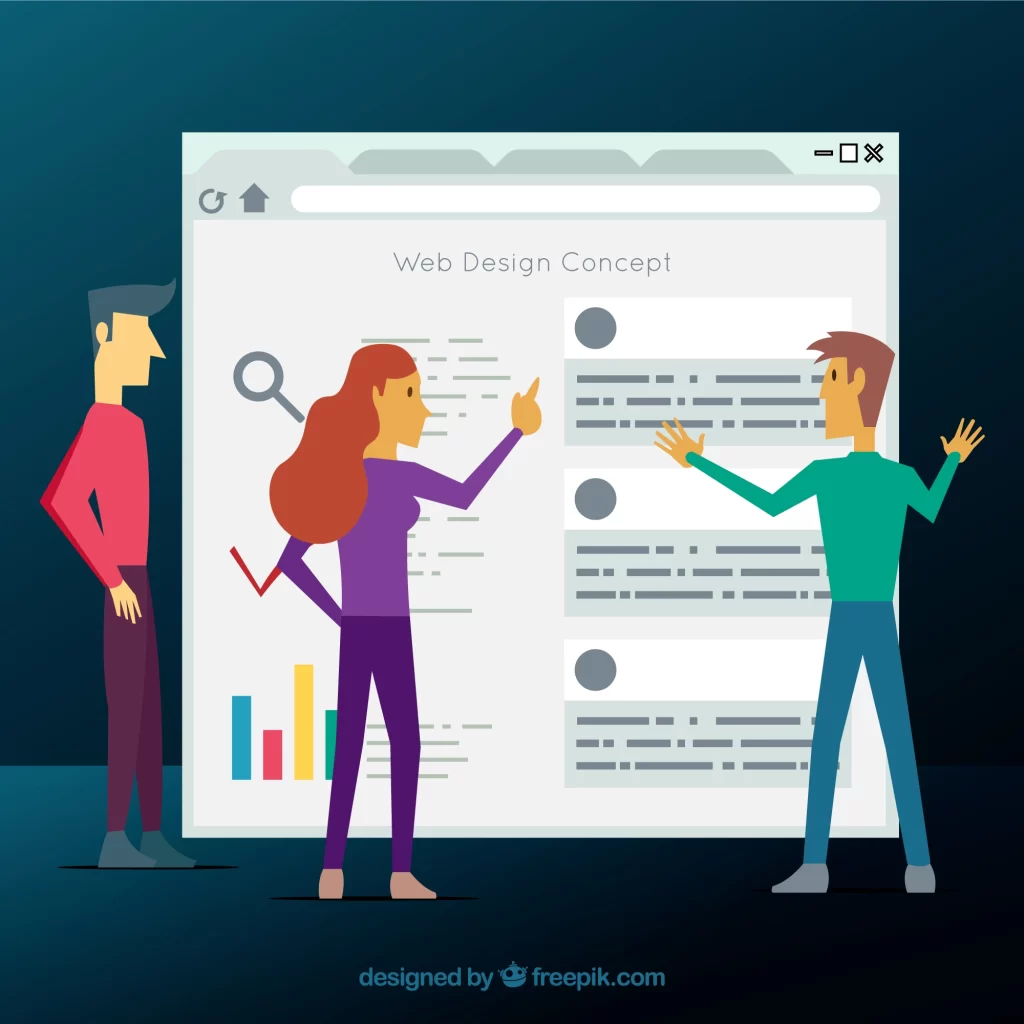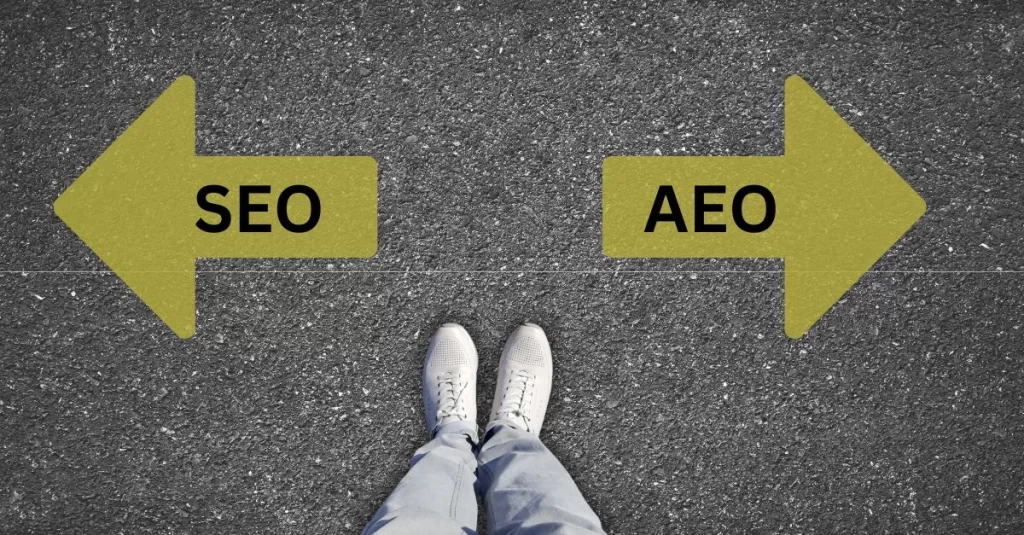Key Takeaways
- Do you know what is accessibility in web development?
- Web accessibility helps not only in compliance adherence but also with SEO ranking as well as User Engagement.
- Read our latest blog to know the hidden powers of Web Accessibility.
Table of Contents
1. A few facts about Web accessibility
2. What is Web Accessibility?
- 2.1 Features of an Accessible Website
- 2.2 Why is Web Accessibility important?
- 2.2.1 The WCAG – POUR principles
3. How does Web Accessibility impact SEO?
4. How does Web Accessibility impact User engagement?
- 4.1 Google’s Core Web Vitals
5. Web Accessibility: Best Practices
6. Conclusion
7. Faqs
In our digital world, an accessible website plays an important role in boosting SEO as well as user engagement.
Why, you may wonder? Well, because user experience is becoming quite important due to Google’s core updates that are bringing about the era of user-favoured and focused content.
And we have crafted this blog to showcase how web accessibility can boost SEO and user engagement.
If you are a business owner, a digital marketer, a web developer, or a tech enthusiast, this blog will open up new doors for you in 2025.
A few facts about Web accessibility
– A study of 1 million home pages found 56.8 accessibility errors per page.
Fig 1: A graphical representation of accessibility errors per page from 2019 to 2024. [Source: WebAIM]
- Home page complexity has increased by 11.8% when comparing Feb 2023 and Feb 2024.
- 95.9% of the home pages failed WCAG parameters.
- Low contrast text is the most witnessed (81%) WCAG failure type.
Fig 2: A graphical representation of various WCAG failure reasons in 2024. [Source: WebAIM]
What is Web Accessibility?
Web accessibility is that attribute of a website that depicts that it can be accessed by all devices, users, and differently-abled people.
It includes,
- Screen Readers
- Braile Keyboards
- Voice Commands
- And much more.
–
There are various types of web accessibility guidelines,
- ADA or Americans with Disabilities Act (A, AA, and AAA levels)
- WCAG or web content accessibility guidelines (WCAG 2.0 and WCAG 2.1)
Thus, web accessibility is going to be a big deal soon.
Features of an Accessible Website
You must be wondering what the features of an accessible website are.
They are as follows:
- Clear & Concise Layout
An accessible website would have an organized and clean layout along with consistent navigation elements.
It makes it easier for the users to find what they are looking for.
- Keyboard Accessibility
A website is said to be keyword accessible if all the website functions can be used via the keyboard.
- Accessible Forms & Input Fields
Any form and its input fields must be easily accessible so that users do not find it difficult to fill out a form.
- Structured & Accessible Tables
Tables with apt markup help in better understanding of the same for the integrated technologies.
If your website has the above-mentioned features, then it can be called an accessible website.
Why is Web Accessibility important?
People of all ages use the internet; they may be old or differently abled, and ignoring them can seriously damage the total coverage of the target audience.
To understand the significance of web accessibility, we are bringing to light the four principles that must be followed.
The WCAG – POUR principles:
Perceivable
Users must be able to easily distinguish between various elements of a website.
Operable
Users find it easy to interact with the website via the buttons and other interactive aspects of it.
Understandable
Users don’t need a guide to understand your website.
Robust
The website adheres to all the compliance as per the current local and global standards.
These four principles simplify web accessibility for any website that strives to achieve it.
How does Web Accessibility impact SEO?
Since SEO or search engine optimization is still the highest-performing digital marketing channel, it is thus vital to see if web accessibility has any impact on SEO.
Below are the areas that are covered in SEO and are impacted by web accessibility:
- Web Design
Web accessibility ensures that the web design is user-friendly, and nowadays, SEO also requires a user-friendly web design.
- ALT Text for Images
If the user is slight impaired, a website with ALT text for all the images will be quite helpful and ensure positive reviews and feedback of the website, thereby increasing its credibility.
- Title Tags
Titles set the pace and become the identifiers on search engines, so any easy and on-point title will always bring more organic traffic.
- Metadata
Metadata helps in giving a brief description of the web page before users click on it.
Thus, an aptly written metadata not only helps web accessibility but also SEO.
- Readability
If your web content is easily readable, it will not only make the web page accessible but also decrease the bounce rate from the SEO perspective.
- Headings
Short and simple headings are easy for the search engines as well as the users to align with and even skim through to get the gist of the web content on that page.
- Mobile-Friendliness
Many users access the internet via their mobile devices, be they smartphones, tablets, and more.
They would prefer a mobile-friendly website, and this will definitely increase the SEO ranking of the website.
- Breadcrumbs
They help in backtracking the navigational flow and guide users in case they feel lost, which will prevent the bounce off the users when they feel helpless with a poor site navigation.
- Transcripts & Captions
For auditory impaired users, transcripts and captions are the best, and it even helps those users who cannot turn on the voice of a video due to their surroundings.
- Anchor Text
It pinpoints the link with a small explanation; this prevents clicking on any malicious links and is seen as a user-friendly feature in SEO.
- Navigation
A website that does not bring in the need for guidance has the apt navigation, and it is not only preferred from the web accessibility perspective but also SEO as well.
These 11 aspects are common in web accessibility and SEO, leaving no doubt that SEO is impacted by web accessibility.
How does Web Accessibility impact User engagement?
Users prefer a website that doesn’t make them wait, and it is only possible if, along with the above 11 pointers, the Google Core Web Vitals are adhered to.
Now, let us see how these core web vitals bring together web accessibility and user engagement.
Google’s Core Web Vitals
There are three core web vitals that help Google in assessing a website’s user experience, or, in other words, their engagement on a website.
- Largest Contentful Paint (LCP)
For a website to do well on the LCP scale, it must have a loading time of less than 2.5 seconds.
This ensures that users do not get bored and bounce off the website to its competitors that have faster websites.
- First Input Delay (FID)
If a website’s largest and heaviest content (video, image, or any dynamic feature) takes less than 100 milliseconds to load, then users will not fret about it and keep engaging with the website.
- Cumulative Layout Shift (CLS)
If a website has a CLS score of less than 0.1, then it means that the transition between various layouts is minimal and will not impact the user experience.
As you can see, these three Google Core Web Vitals distinguish which website will impart a better user experience, and accordingly, the user engagement will vary.
Thus, web accessibility, which boosts user experience, boosts user engagement as well.
Web Accessibility: Best Practices
Here are the best practices that must be followed when trying to bring web accessibility into your website:
- Interactive elements should be activated by keyboard.
- Zoom in and Zoom out features shouldn’t distort the visuals, especially on mobile devices.
- Web Content should be Sight, Sound and Color approved, i.e., accessible to all sorts of differently-abled users.
- No auto-playing of videos without a mute button on your website, as it takes users by surprise and might irritate them.
- Ensure that there is a right mix of Contrast, Text size and background, so that CLS is minimal.
- Have the option to pause or remove automatic site elements, as sometimes users may get stuck in them and bounce off because of them.
These best practices are easy to adhere to and bring about way better websites that are accessible for all.
Conclusion
The EEAT, or experience, expertise, authoritativeness, and trustworthiness, is the latest way that helps Google build a website’s reputation and its top ranking.
While a top-ranking website will definitely cater to all sorts of users regardless of their differently abled nature, thereby capturing all of their target audience.
And web accessibility helps in both EEAT by boosting SEO as well as user engagement and catering to the target audience holistically.
So, what are you waiting for?
Wildnet Technologies is a leading Digital Transformation Company in India that has been recognized by industry leaders like Semrush, DesignRush, and more.
If you would like to know more,
- Web Accessibility: Ensuring Accessibility For All
- How to check Accessibility of Your Website in 2024?
- Wildnet’s Digital Yum (our thought leadership’s POV on the weekly updates in the digital realm)
FAQs
FAQ 1: Does website accessibility affect SEO negatively?
Ans: No, web accessibility will not have a negative impact on SEO until and unless it has not been implemented aptly.
Thus choose the right digital transformation partner from the get-go, aka Wildnet Technologies.
FAQ 2: What does ADA compliance mean?
Ans: ADA, or Americans with Disabilities Act, states that every website, any digital solution, and electronic gadget must be easily accessible to people with disabilities in the USA.
FAQ 3: Is Web Accessibility one of the ranking factors on search engines?
Ans: Well, as of now, web accessibility is not a direct ranking factor on search engines, but its indirect impact is too great to be avoided.
FAQ 4: How do I check if my website is accessible or not?
Ans: You can use Google Lighthouse, Semrush, Siteimprove Accessibility Checker, Wave evaluation tool, and more to check whether your website is accessible or not.
FAQ 5: How to prepare for future Google updates in terms of Web Accessibility?
Ans: Well, since Google core updates and web accessibility both point towards one common goal, i.e., user experience, thus web accessibility will indirectly decrease the impact of Google updates on your website in the future.







